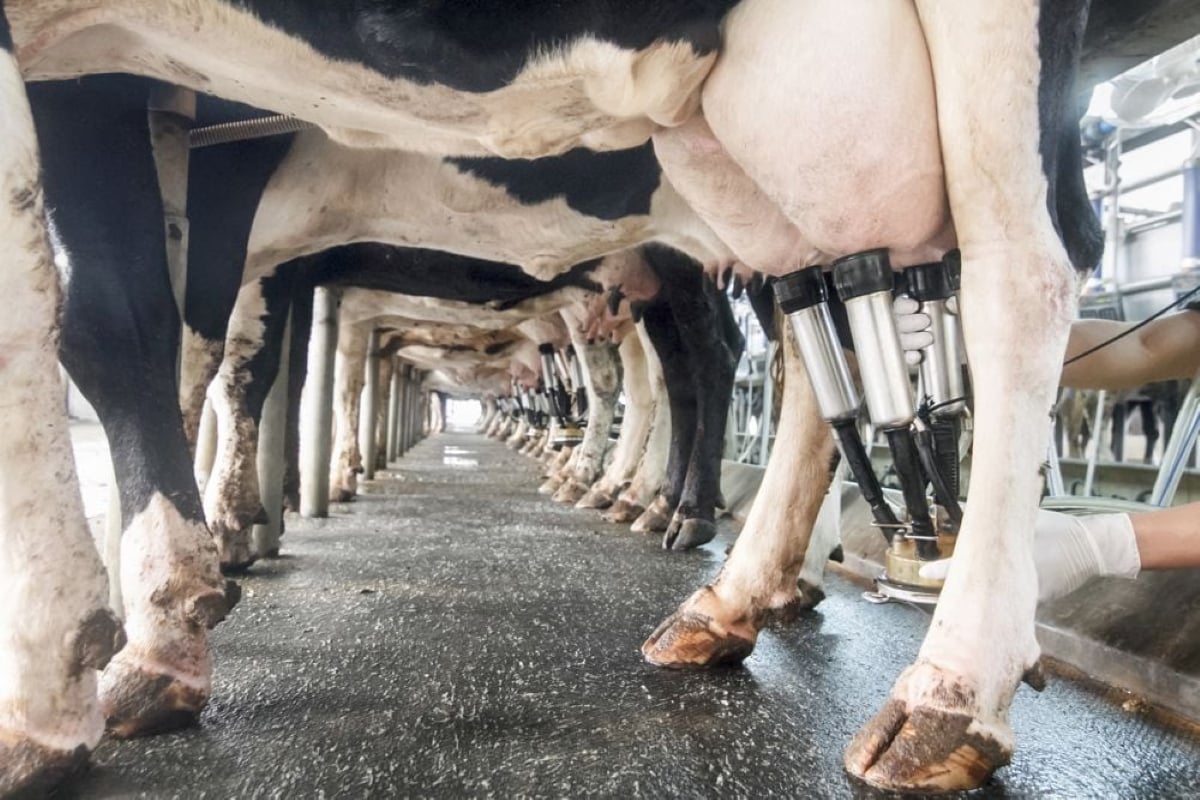WINNIPEG, Manitoba, April 24 (Reuters) – Canadian farmers intend to plant the biggest wheat crop in 12 years, widely surpassing expectations, while easing off on canola seeding for the first time since 2006, Statistics Canada said on Wednesday, but cold, wet spring weather may have already started to change producers’ plans.
Read Also

Farm gate milk price to rise in 2026
The Canadian Dairy Commission will raise its farm gate milk price by 2.3255 per cent in February, the Crown corporation announced on Friday.
With plenty of snow left to melt and the potential for flooding high, planting is expected to start later than usual, although typically there has been little seed in the ground by late April.
The all-wheat planted area is estimated to be up 12 percent from last year at 26.618 million acres, while canola seedings may fall 11 percent to 19.133 million acres, based on Statscan’s farmer survey from March 25 to April 3. The agency’s wheat estimate is higher than a range of trade estimates, while the canola figure was below the lowest guess.
“There’s probably going to be debate on these (estimates) in terms of changes that might have occurred in farmers’ plans since the survey was conducted, with the late spring and some of the price moves,” said Dave Reimann, an analyst at Cargill Ltd’s grain marketing services division.
“But the canola number is obviously supportive because it’s lower than even the lowest guess.”
The weekend forecast calls for warmer weather in Western Canada, accelerating the snow melt before soils can dry and warm enough for seeding. Some farmers were undecided about their intentions during the survey period, Statistics Canada said, and may well make further changes to plans as conditions become clearer.
There was little reaction in the futures market.
ICE Canada November canola futures initially rose slightly but then drifted lower, while Minneapolis September spring wheat futures , representing the main type of wheat grown in Western Canada, initially eased slightly but then edged higher.
Considering in poor spring conditions some traders are skeptical of wheat sowings reaching the level in the Statistics Canada report, said Rich Feltes, vice-president of research for R.J. O’Brien in Chicago.
Other traders were more impressed. The estimate was “absolutely” weighing on prices, said Terry Linn, analyst for Chicago trade house The Linn Group.
“The plantings estimate was 2.4 million above (average) estimates, so it’s a big deal.”
Canola prices have gained strength relative to wheat recently, and the oilseed may still pick up some additional acres, Reimann said.
Farmers’ larger than expected wheat-seeding plans aren’t necessarily bearish for global wheat markets, considering that the crop is grown widely around the world, said Bruce Burnett, weather and crops specialist at grain marketer CWB. Canada is the world’s sixth-largest wheat grower.
Statscan’s report factored in 3.5 million acres going unplanted this spring, a far cry from the 11.8 million acres that could not produce a crop during the last major flood year of 2011. A repeat of that crop disaster this year is possible, but only if many areas received heavy rains in May, Burnett said on a conference call organized by Minneapolis Grain Exchange.
Traders surveyed by Reuters had expected, on average, all-wheat planting intentions of 24.4 million acres and canola seedings of 20.3 million acres.
Statscan also estimated larger than expected plantings of oats, at 3.4 million acres, durum wheat (5.1 million acres, and corn (3.8 million acres). The barley area looked lower than expected at 7.2 million acres, but it is one of the shorter-season crops that farmers are often tempted to plant when seeding is pushed well into June.
The size of the soybean area is estimated to be a record, at 4.3 million acres, but not as high as expected. Manitoba, one of the largest growing provinces, is facing the potential of major spring flooding.














